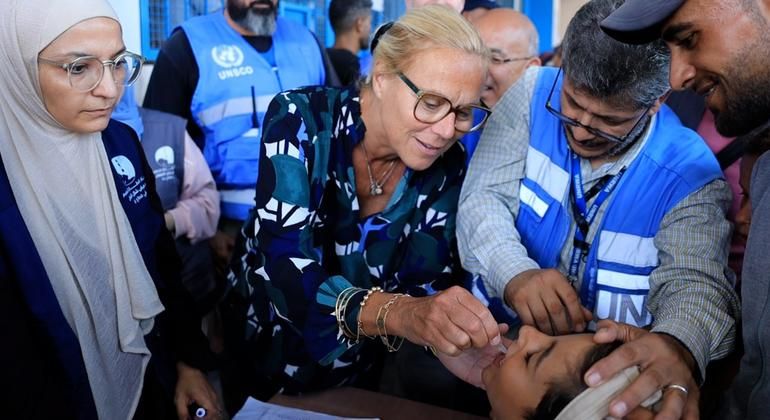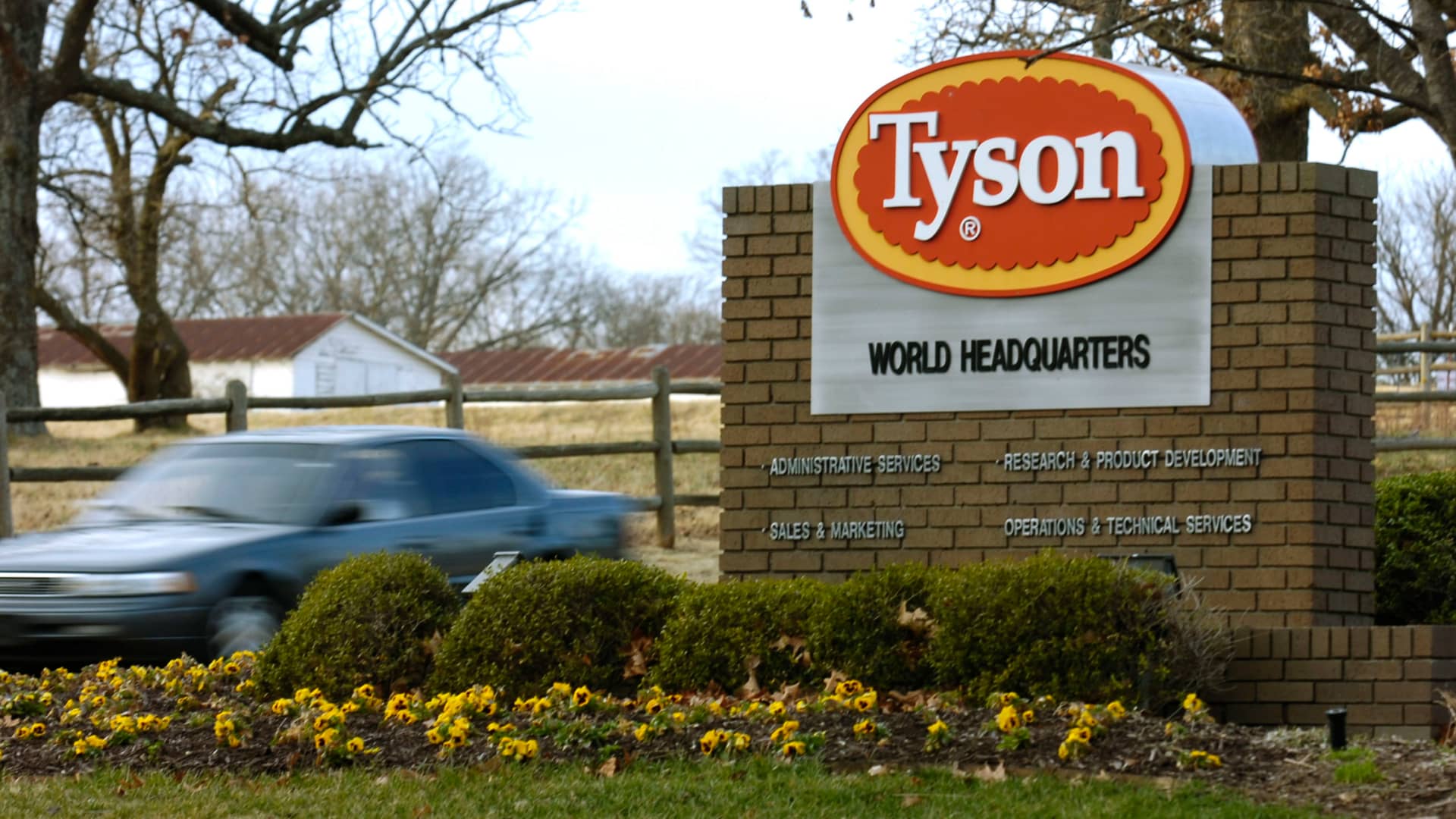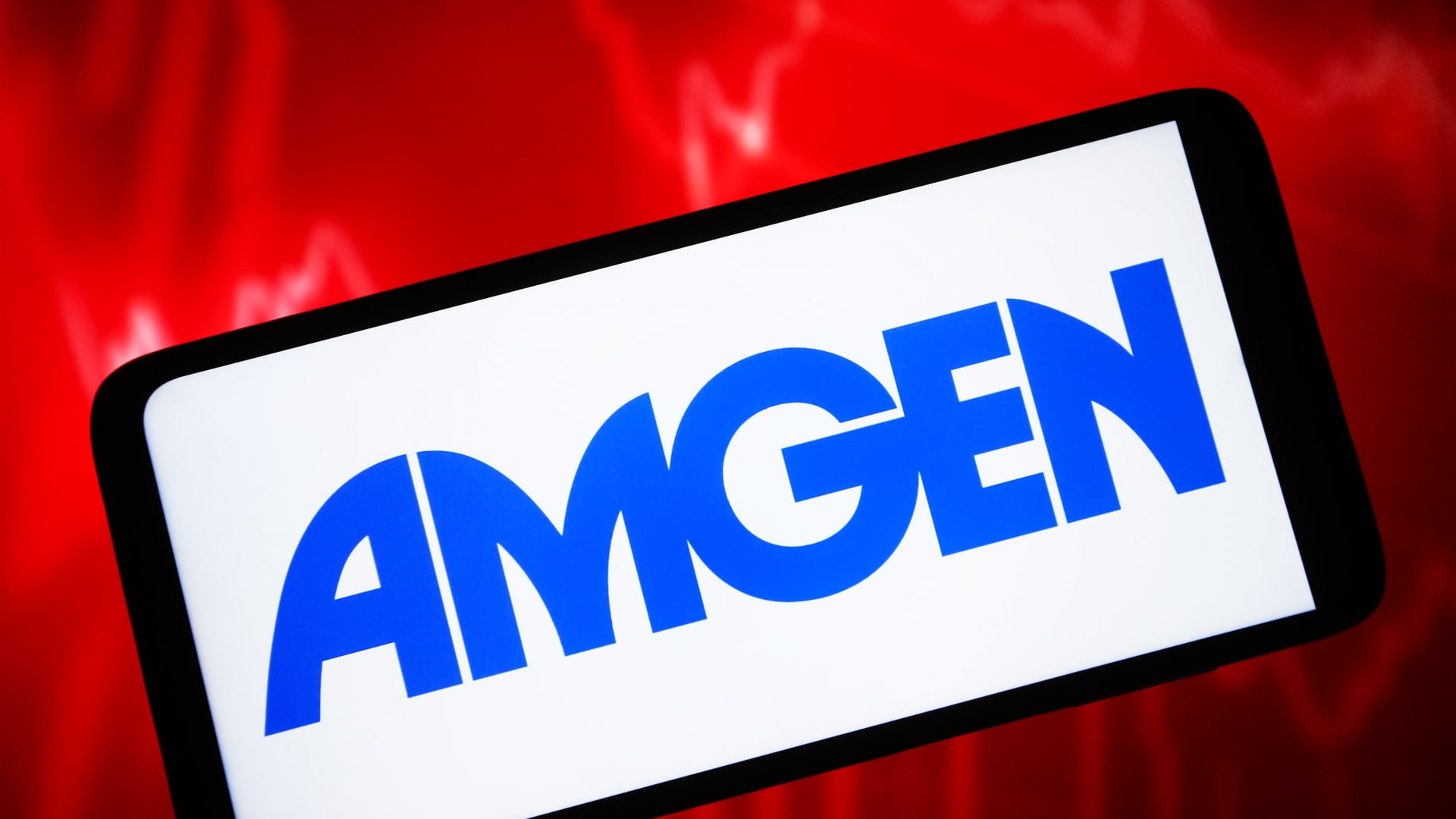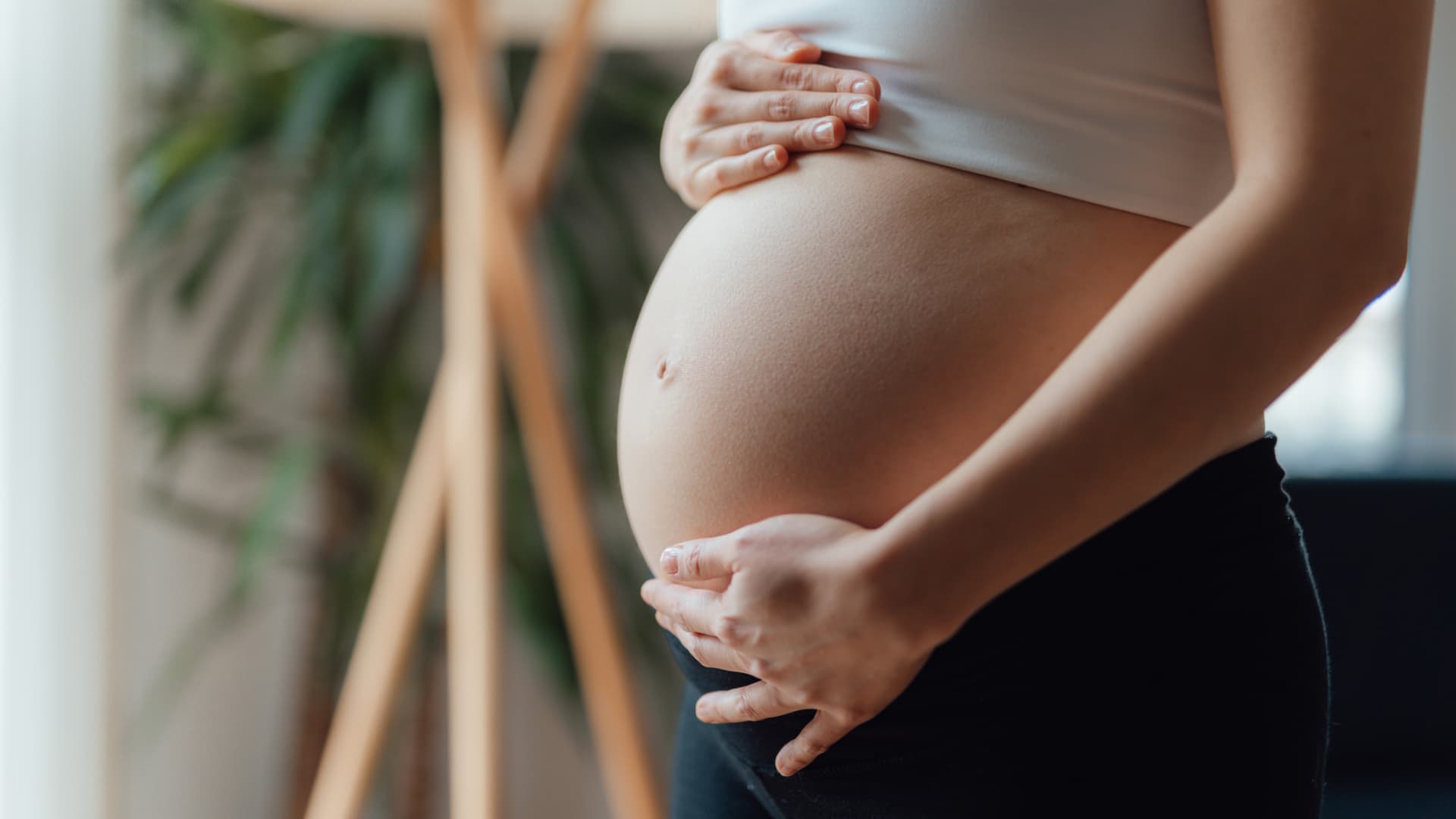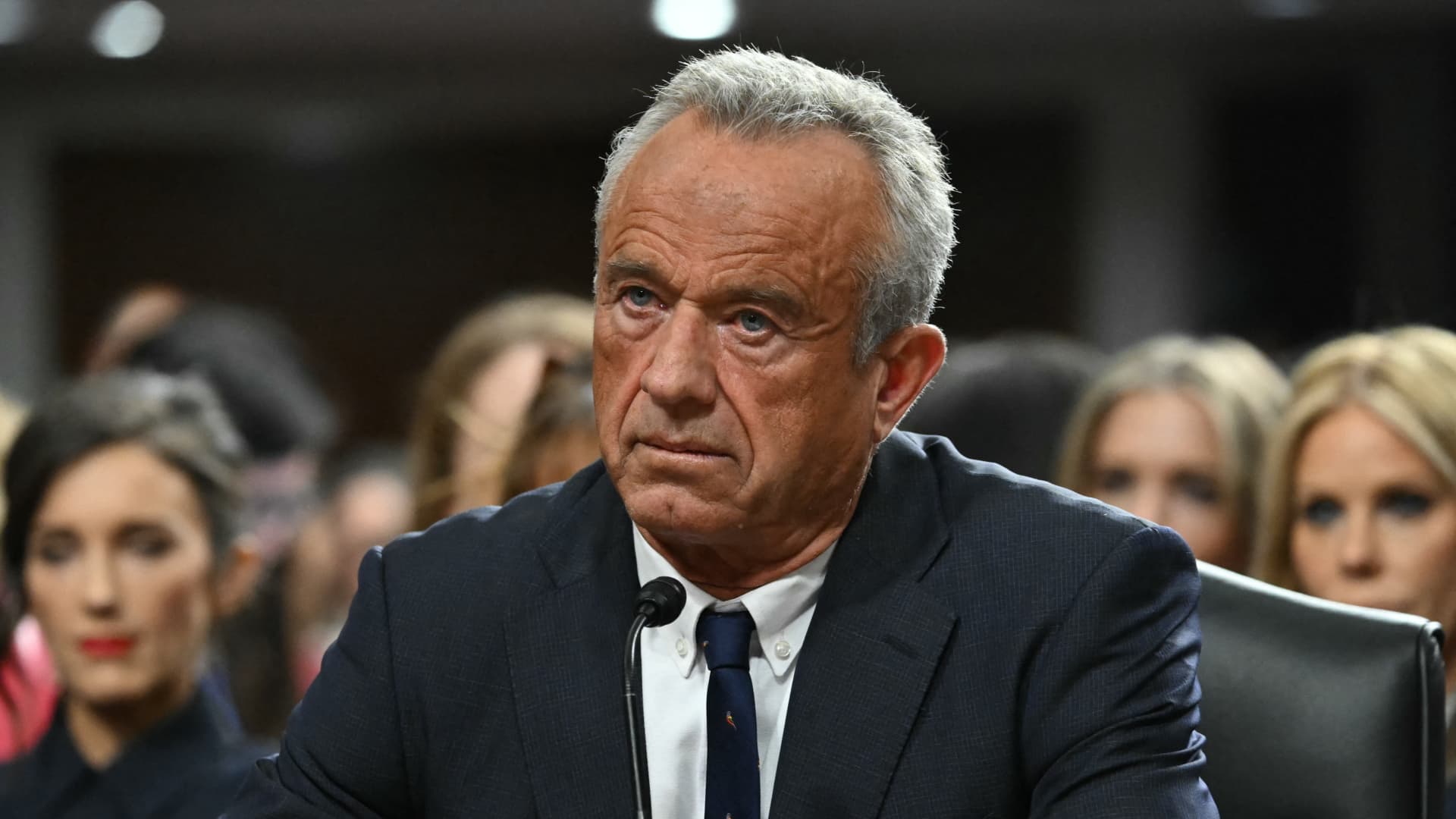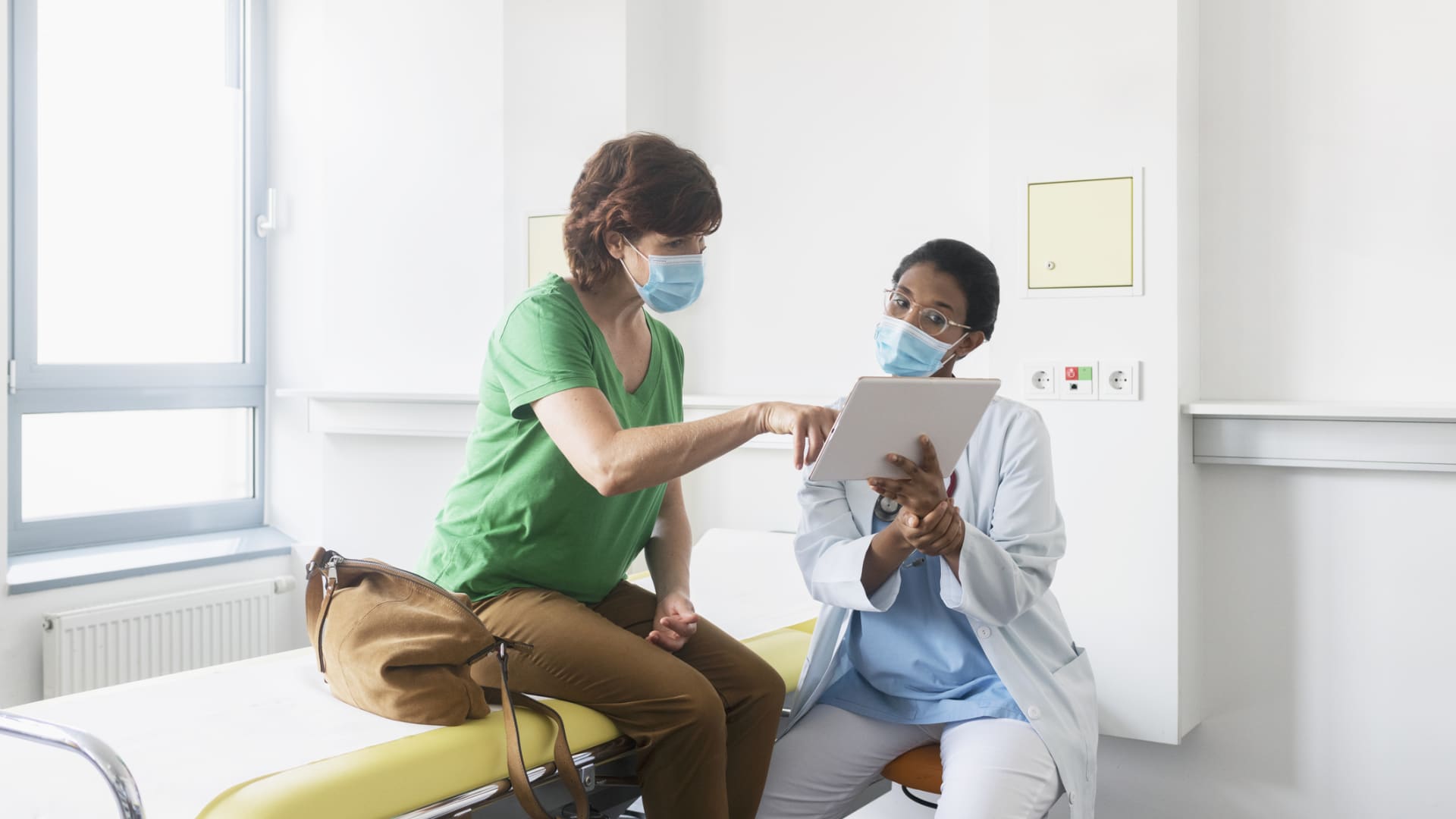The campaign has shifted to areas in the southern Gaza Strip following the successful completion of the first phase in the centre of the enclave, largely due to lulls in fighting.
UNRWA, together with its partners, provided the first dose of polio vaccine to children under 10 years of age at the Japanese Health Centre in the devastated city of Khan Younis.
One mother said she rushed to vaccinate her children “because I am afraid polio will spread due to the sewers and poor hygiene, especially the absence of cleaning products.”
A prominent humanitarian participates
UN Senior Humanitarian and Reconstruction Coordinator for Gaza Sigrid Kaag was at the Japanese clinic and also participated in administering vaccines to several children as a symbolic gesture to highlight the importance of the campaign.
“You see people proud to be here, protecting their children, administering vaccines. And at the end of the day, it shows that when there is political will, a lot can be done on the humanitarian front. That is what we need. This is a clear example of that,” he said.
Over the next four days, health workers will treat some 340,000 children in southern Gaza. Some 517 teams will be deployed, including 384 mobile teams, according to the World Health Organization (WHO).
A third and final phase will be implemented in northern Gaza from 9 to 11 September, targeting some 150,000 children.
An urgent response
The overall campaign aims to provide two drops of the new oral polio vaccine type 2 to more than 640,000 children under 10 years of age during each round.
It is part of an urgent response to prevent the spread of polio, which has re-emerged in Gaza after 25 years following the detection of the circulating variant of poliovirus type 2 (cVDPV2) in six environmental samples collected in the central area of the Strip in June.
The campaign is being carried out by the Palestinian Ministry of Health in collaboration with WHO, UNRWA, the United Nations Children's Fund (UNICEF) and other humanitarian partners.
The humanitarian pause is respected
During the first phase, from 1 to 3 September, health workers reached more than 187,000 young people in central Gaza, exceeding the initial estimated target of 157,000.
Vaccinations will continue over the next few days at four major health centres to ensure that no child is left unvaccinated in the area.
“It has been extremely encouraging to see that thousands of children are able to access polio vaccines.with the support of their resilient families and brave healthcare workers, despite the deplorable conditions they have faced over the past 11 months.
“All parties respected the humanitarian pause and we hope that this positive momentum will continue.“said Dr Richard Peeperkorn, WHO Representative for the Occupied Palestinian Territory.
Reaching families where they are
The first phase of the campaign was carried out by 513 teams, comprising more than 2,180 health and community outreach workers.
Vaccination was provided at 143 fixed sites, including hospitals, medical points, primary health care centres, camps where displaced people live, key public gathering spaces such as temporary learning spaces, food and water distribution points, and transit routes leading from the centre to the north and south of Gaza.
Mobile teams also visited tents and hard-to-reach areas to reach families unable to visit fixed sites.
WHO said the presence of a substantial number of children eligible for vaccination who were unable to reach vaccination sites due to insecurity required special missions to three areas: Al-Maghazi, Al-Bureij and Al-Mussader, just outside the agreed humanitarian pause area.

